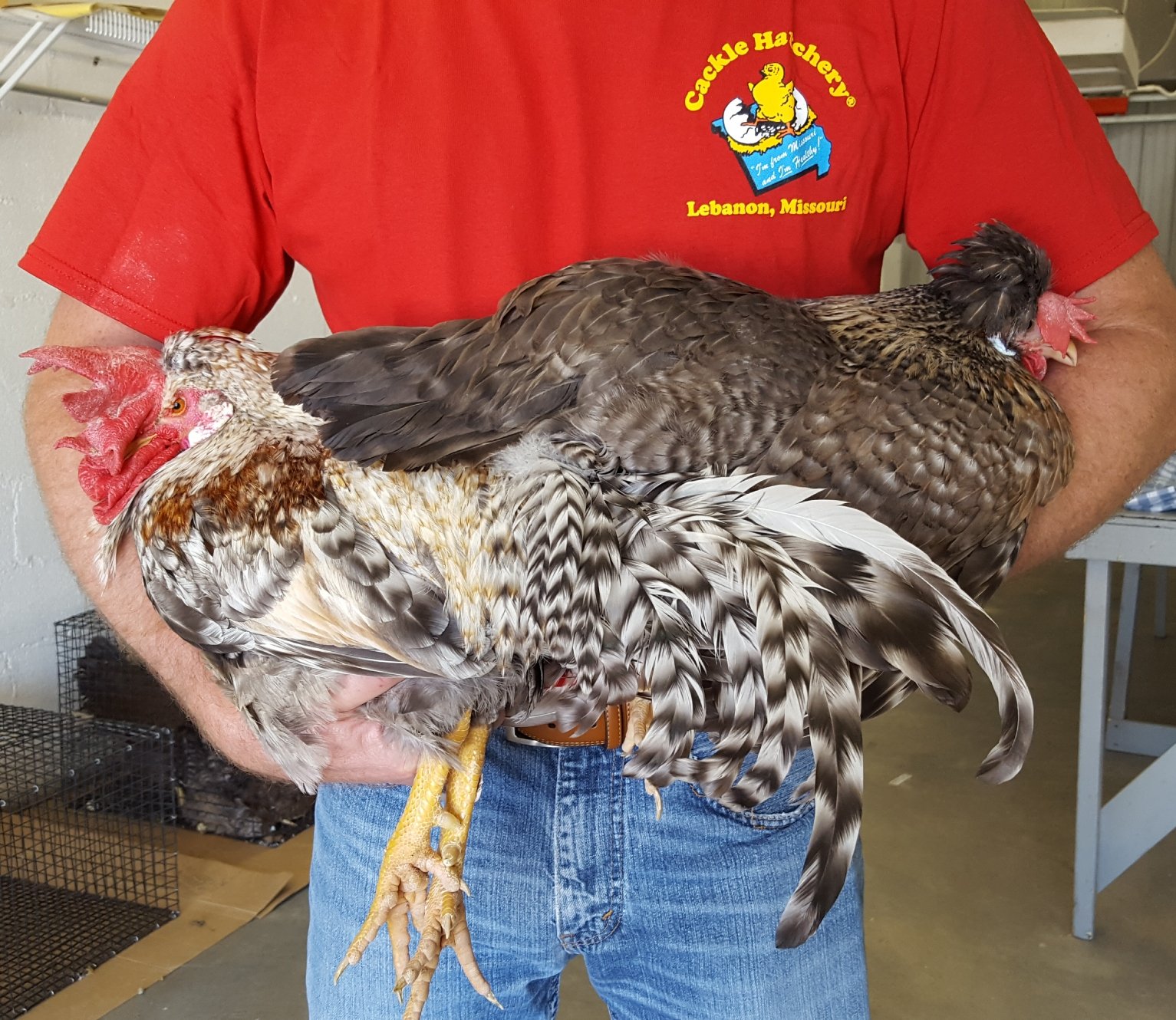các loại thức ăn cho gà đá
Tea Cooking: A Culinary Revolution with Tea as the Star Ingredient
In the realm of culinary arts, tea, traditionally known as a beverage, has emerged as a versatile ingredient with endless possibilities. This article delves into the fascinating world of tea cooking, exploring how this ancient beverage is transforming the way we perceive and enjoy food. From adding unique flavors to dishes to fostering health benefits, tea cooking is not just a trend; it’s a revolution in the kitchen.

1. Tea as a Flavor Enhancer
Tea, with its diverse range of flavors and aromas, can elevate the taste of any dish. Green tea brings a refreshing note, while black tea offers a rich and robust flavor. Pu-erh tea imparts a mature and earthy scent. Each type of tea adds a distinct character to the food, creating a symphony of tastes and aromas. Imagine the delightful experience of using flower tea to stew chicken or incorporating Longjing tea into seafood dishes. These unique combinations offer a new dimension to culinary experiences.

2. Nutritional Benefits of Tea Cooking
Tea is rich in polyphenols and vitamins, which are beneficial for our health. Cooking with tea can release these nutrients more effectively, making them easier for the body to absorb. For instance, using tea to cook porridge not only adds a tea fragrance but also makes the porridge more delicious and nutritious. Tea cooking not only satisfies our taste buds but also promotes health.

3. Creative Applications in Cooking
The creative use of tea in cooking adds an element of fun and innovation. Tea can be used to make unique sauces, seasonings, or desserts, leading to a variety of distinctive tea-infused dishes. For example, green tea can be used to make tea eggs, black tea can be used to marinate meat, and Pu-erh tea can be used to roast vegetables. Each dish showcases the charm of tea and the creativity of cooking.
4. Cultural Experience through Tea Cooking
Tea cooking is not just a sensory pleasure; it’s also a cultural experience. It embodies the rich history and cultural connotations of tea. Each tea dish carries the love and pursuit of tea culture. Through tea cooking, we can feel the profoundness of tea culture and experience the stories and emotions behind cooking. Only by continuing to explore can we better enjoy the health and culture brought by tea.
5. Tea Cooking in Different Regions
Tea cooking is not limited to a specific region. Different regions around the world have their unique ways of incorporating tea into their cuisine. For example, in Anxi, the hometown of Tieguanyin tea, tea is used in various dishes, creating a fusion of tea and food flavors. In Guangzhou, tea is often used in dim sum, adding a unique twist to traditional dishes.
6. Tea Cooking for Health and Wellness
Tea is known for its health benefits, and tea cooking can enhance these benefits. For instance, Pu-erh tea is known for its digestive properties, making it a great choice for those who consume heavy or oily foods. Green tea, on the other hand, is rich in antioxidants and can help with weight loss and lowering cholesterol.
7. Conclusion
Tea cooking is a testament to the versatility and depth of tea. It has the power to transform simple ingredients into extraordinary dishes, offering both health benefits and a rich cultural experience. As we continue to explore the world of tea cooking, we can expect to see even more innovative and delicious dishes that celebrate the magic of tea.
“`













